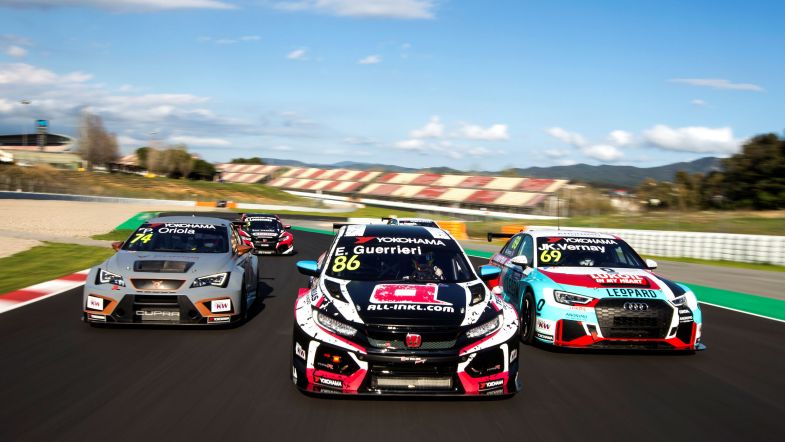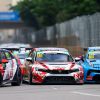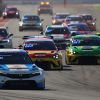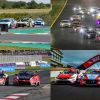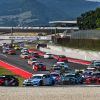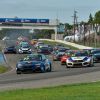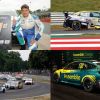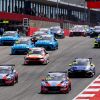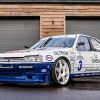World Touring Car Cup preview – could this be the greatest season?
While last year’s WTCC was hard to call going in, it was only really down to at most five names (which was a lot), this year, almost double that could well be in contention for the new title, which has the potential to be the most exciting season of touring car racing this year, if not this decade.
The new World Touring Car Cup replaces the World Touring Car Championship, although with ten events and the driver line-up it has, it’s almost more qualified to carry the World Championship moniker than some recent seasons of the WTCC.
The reason it isn’t a World Championship is because it has no official manufacturer entries. In the last WTCC season, there were just two – Polestar (Volvo) and Honda. This year, there are no ‘official’ manufacturer entries, but with seven models of cars on the grid, and six of them built, sold and supported by the manufacturers themselves, pretending the manufacturers aren’t there is definitely a naive call.
The last time the FIA World Touring Car Cup name was used was in 1995. It was a two-race event in France, the third and last of a series of one-off touring car world cups. It was won by Audi and Frank Biela; now, the German marque effectively make their return to the world stage this weekend with six RS 3s, and three customer racing-placed drivers in them with sports car star Frédéric Vervisch, three-time BTCC champion Gordon Shedden and last year’s TCR International Series champion Jean-Karl Vernay.
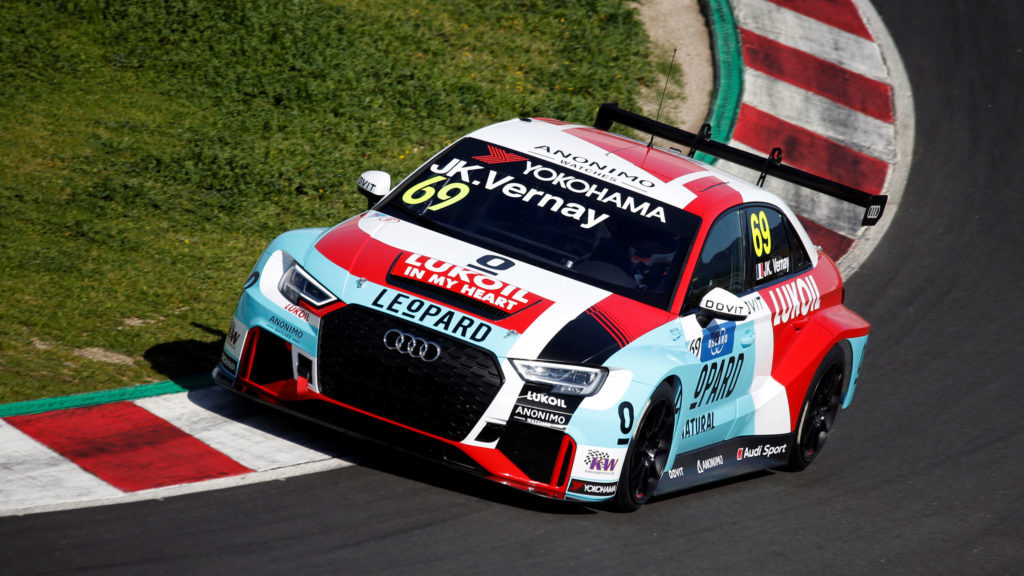
There were also two drivers which are on the current WTCR grid in that event as well, a then 33-year-old Gabriele Tarquini driving for Alfa Romeo, and a then 26-year-old Yvan Muller, driving for BMW. Both are back in the highly rated Hyundai i30 N TCR, which was launched late last year and proved to be a strong package in China, Dubai and during the standalone TCR Europe event at Adria.
With the budgets slashed, with a TCR-specification touring car costing between 100,000-130,000 EUR – as opposed to the projected 1m EUR cost of a factory-spec TC1 car, privateer teams and previously priced out drivers have made the move to the championship, from young stars to returning heroes – quantity and quality has been added to the mix, leading to a record 25-car entry, the largest field in a World Touring Car race since the season finale at Macau in 2013.
Why is it called WTCR?
I’m sure many reading this are up-to-speed, but for those that aren’t: TCR was launched three-years ago by WTCC’s former general consultant Marcello Lotti. The format was based on SEAT’s proposal for a new touring car, the SEAT León Cup Racer (hence TCR, Touring Car Racer).
With the WTCC’s four-year spell with TC1 seeing manufacturer interest wane, with a risk of there being just Polestar continuing on this season, WTCC’s promoter and TCR’s promoter signed a two-year deal to use TCR regulations in WTCC, which saw both the championships spliced together, in name as well. The WTCR name was part of the agreement that recognises TCR as part of the brand. Though from an FIA listing perspective, WTCR isn’t really an abbreviation, but a name, and the championship’s official name is still the World Touring Car Cup.
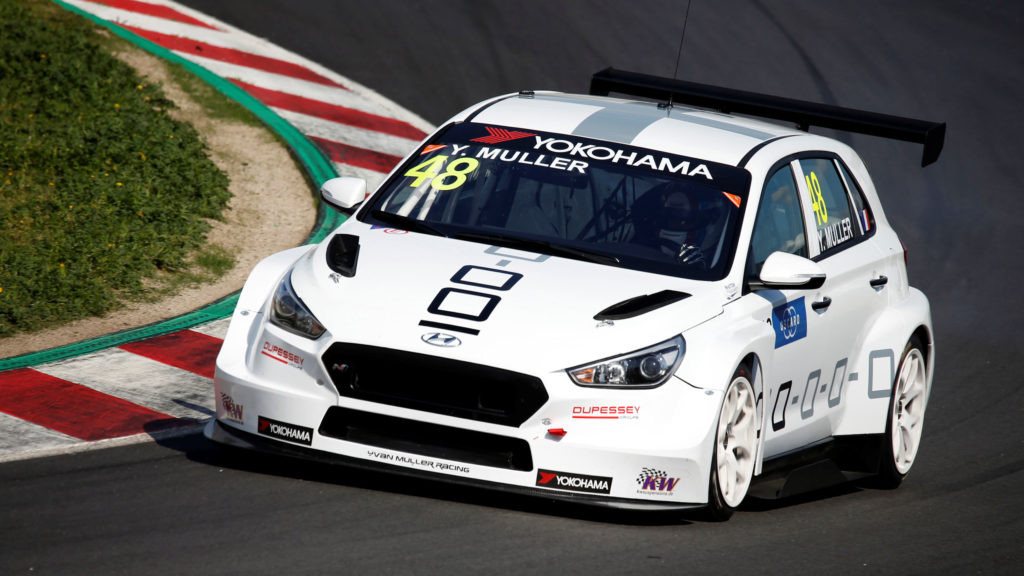
Key changes
Race format – There are three races, not two. The first of these takes place on the Saturday, with its own separate 30-minute qualifying session – no Q1, Q2, Q3, just 30 minutes, fastest gets pole.
Manufacturer madness – There are seven manufacturer models represented, up from five. Last year, Honda, Lada, Chevrolet, Citroen and Volvo could be found on the grid. This year, there are seven, with six of those run by the customer racing programmes of the manufacturers themselves, with the Romeo Ferraris-built Alfa Romeo the only privateer project.
The returning stars – back to full-time racing in World Touring Cars are Yvan Muller, Gabriele Tarquini, Fabrizio Giovanardi, Gianni Morbidelli and James Thompson. WTCC superstars also with BTCC super touring pedigree.
The TCR transfers – including champion Jean-Karl Vernay, Mat’o Homola and Frédéric Vervisch, all aiming to prove themselves in a strong field.
The national upgrades – with 2017 TCR Benelux champion Benjamin Lessennes, 2017 TCR Europe Trophy winner Aurélien Comte and three-time BTCC drivers’ champion Gordon Shedden joining the fold.
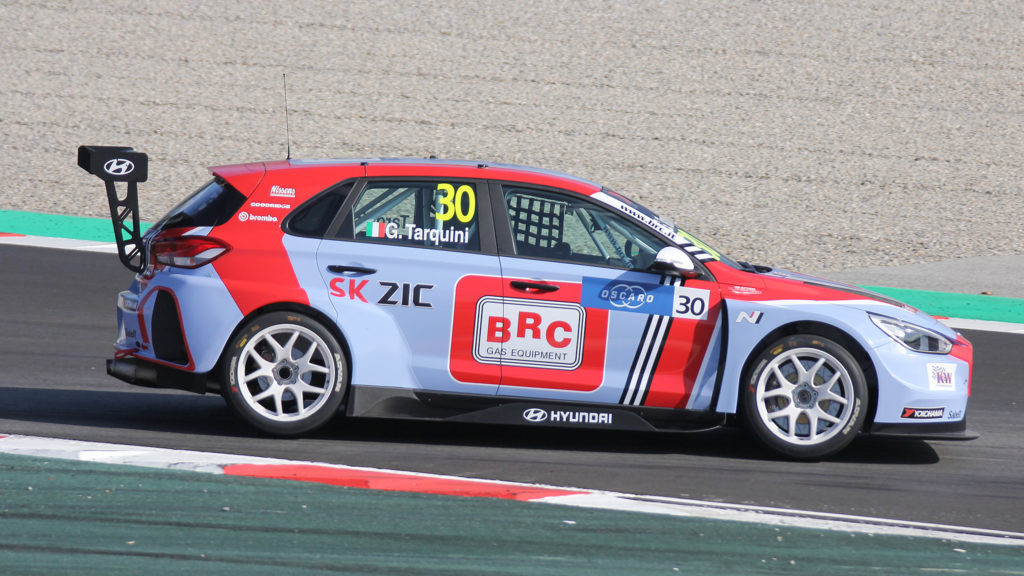
What to expect?
With one of the most competitive grids racing anywhere in the world, the WTCR – World Touring Car Cup is set to deliver some of the most exciting touring racing in recent years. While last year’s WTCC was certainly no slouch, and perhaps wasn’t recognised for as great a story as it was, TC1 cars weren’t good with contact, and were costly at that. With bumpers and side-skirts a much cheaper affair under TCR regulations, a little more retro-style contact is not only likely, but desired.
There is a new factor of course, and that’s Balance of Performance. As TCR cars are effectively their road-going models spruced up, rather than bespoke racing cars, inherent performance advantages and disadvantages creep in, often linked to the aerodynamics or the car’s wheel base.
As part of cost control, these advantages are evened out by Balance of Performance, a series of power tweaks, ride height adjustments and weight alterations. These keep the cars close but also add to the drivers’ excuse book of what went wrong, especially if the calculation happens to be slightly out and hands one car an advantage at a circuit over the rest.
A lot of work has gone into this by TCR’s promoter WSC, as well as the FIA over the last few months, with the BoP measures published yesterday and also quite surprisingly different to last year’s, so it’ll be interesting to see how these play out over the weekend.
The most exciting part of what to expect, is not knowing what to expect. No one knows who will win the championship; no one knows who will be fastest in qualifying. Sand bagging and running with different weights and set-ups and even tyres during pre-season testing means no one has shown their true hand – it’s likely we’ll not know what the true pace of anyone is until after qualifying on Saturday afternoon.
Entry list
No – Driver – Nat – Team – Car
5 – Norbert Michelisz – HUN – BRC Racing Team – Hyundai i30 N TCR
7 – Aurélien Comte – FRA – DG Sport Compétition – Peugeot 308TCR
8 – Norbert Nagy – HUN – Zengo Motorsport – Cupra TCR
9 – Tom Coronel – NED – Boutsen Ginion Racing – Honda Civic Type R FK8 TCR
10 – Gianni Morbidelli – ITA – Team Mulsanne – Alfa Romeo Giulietta TCR
11 – Thed Bjork – SWE – Yvan Muller Racing – Hyundai i30 N TCR
12 – Rob Huff – GBR – Sébastieb Loeb Racing – Volkswagen Golf GTI TCR
15 – James Thompson – GBR – Münnich Motorsport – Honda Civic Type R FK8 TCR
20 – Denis Dupont – BEL – Comtoyou Racing – Audi RS 3 LMS
21 – Aurélien Panis – FRA – Comtoyou Racing – Audi RS 3 LMS
22 – Frédéric Vervisch – BEL – Comtoyou Racing – Audi RS 3 LMS
23 – Nathanaël Berthon – FRA – Comtoyou Racing – Audi RS 3 LMS
25 – Mehdi Bennani – MOR – Sébastieb Loeb Racing – Volkswagen Golf GTI TCR
27 – John Filippi – FRA – Campos Racing – Cupra TCR
30 – Gabriele Tarquini – ITA – BRC Racing Team – Hyundai i30 N TCR
48 – Yvan Muller – FRA – Yvan Muller Racing – Hyundai i30 N TCR
52 – Gordon Shedden – GBR – Team WRT – Audi RS 3 LMS
63 – Benjamin Lessennes – BEL – Boutsen Ginion Racing – Honda Civic Type R FK8 TCR
66 – Zsolt Szabo – HUN – Zengo Motorsport – Cupra TCR
68 – Yann Ehrlacher – FRA – Münnich Motorsport – Honda Civic Type R FK8 TCR
69 – Jean-Karl Vernay – FRA – Team WRT – Audi RS 3 LMS
70 – Mat’o Homola – SVK – DG Sport Compétition – Peugeot 308TCR
74 – Pepe Oriola – ITA – Campos Racing – Cupra TCR
86 – Esteban Guerrieri – ARG – Münnich Motorsport – Honda Civic Type R FK8 TCR
88 – Fabrizio Giovanardi – ITA – Team Mulsanne – Alfa Romeo Giulietta TCR
Timetable
Saturday 7th April
09:00 – Free Practice 1
11:00 – Free Practice 2
13:00 – Qualifying
17:00 – Race 1 (18 laps)
Sunday 8th April
10:30 – Qualifying
16:45 – Race 2 (18 laps)
18:10 – Race 3 (21 laps)
